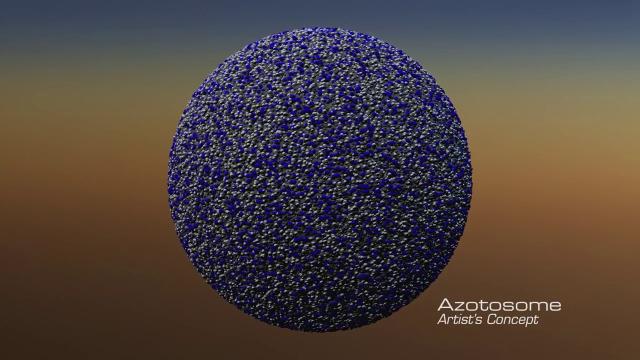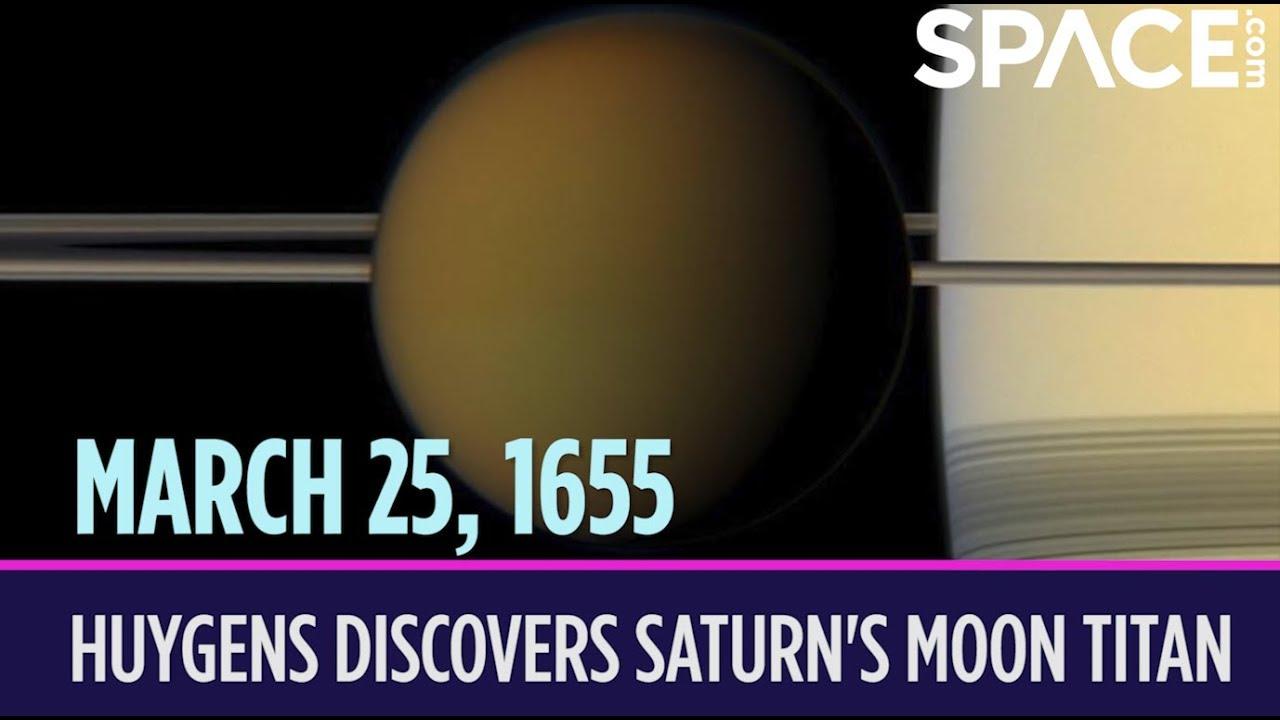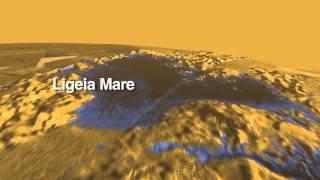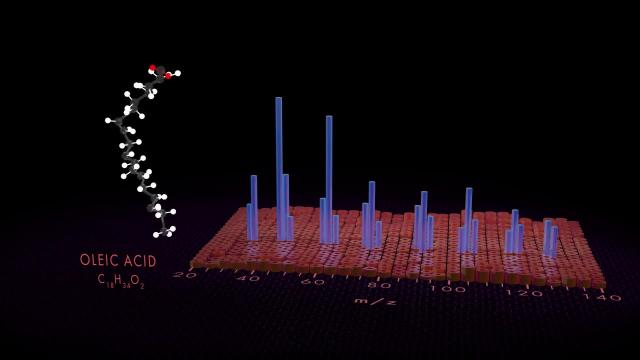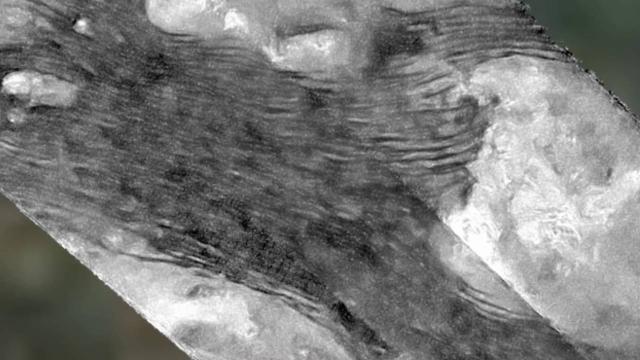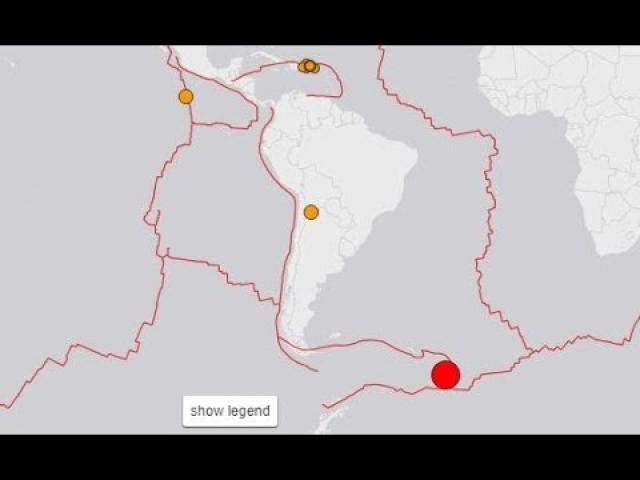There is Rain on Saturn's Moon Titan. But is there Life?
Description
I would guess yes.
God bless everyone,
T
https://www.paypal.me/THORnews
the article
https://www.sciencedaily.com/releases/2019/01/190116115537.htm
Evidence of changing seasons, rain on Saturn's moon Titan's north pole
"The whole Titan community has been looking forward to seeing clouds and rains on Titan's north pole, indicating the start of the northern summer, but despite what the climate models had predicted, we weren't even seeing any clouds," said Rajani Dhingra, a doctoral student in physics at the University of Idaho in Moscow, and lead author of the new study accepted for publication in Geophysical Research Letters, a journal of the American Geophysical Union. "People called it the curious case of missing clouds."
Dhingra and her colleagues identified a reflective feature near Titan's north pole on an image taken June 7, 2016, by Cassini's near-infrared instrument, the Visual and Infrared Mapping Spectrometer. The reflective feature covered approximately 46,332 square miles, roughly half the size of the Great Lakes, and did not appear on images from previous and subsequent Cassini passes.
Analyses of the short-term reflective feature suggested it likely resulted from sunlight reflecting off a wet surface. The study attributes the reflection to a methane rainfall event, followed by a probable period of evaporation.
"It's like looking at a sunlit wet sidewalk," Dhingra said.
This reflective surface represents the first observations of summer rainfall on the moon's northern hemisphere. If compared to Earth's yearly cycle of four seasons, a season on Titan lasts seven Earth years. Cassini arrived at Titan during the southern summer and observed clouds and rainfall in the southern hemisphere. Climate models of Titan predicted similar weather would occur in the northern hemisphere in the years leading up to the northern summer solstice in 2017. But, by 2016, the expected cloud cover in the northern hemisphere had not appeared. This observation may help scientists gain a more complete understanding of Titan's seasons.
"We want our model predictions to match our observations. This rainfall detection proves Cassini's climate follows the theoretical climate models we know of," Dhingra said. "Summer is happening. It was delayed, but it's happening. We will have to figure out what caused the delay, though."
Additional analyses suggest the methane rain fell across a relatively pebble-like surface, Dhingra said. A rougher surface generates an amorphous pattern as the liquid settles in crevasses and gullies, while liquid falling on a smooth surface would puddle in a relatively circular pattern.
Dhingra is using the wet sidewalk effect to search for additional rain events on Titan as part of her research.



